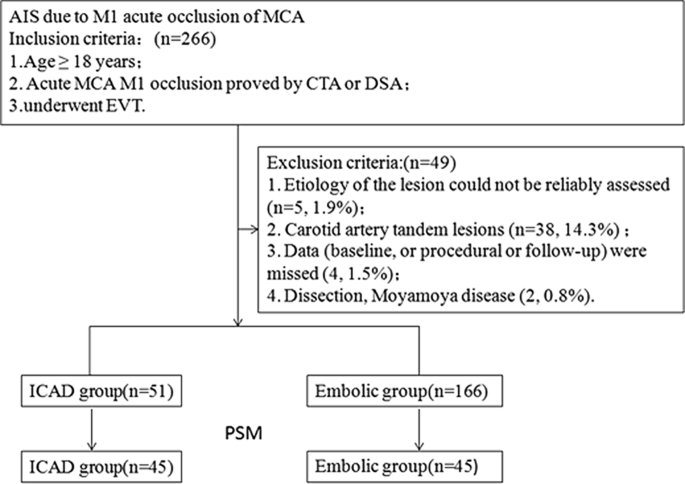
Despite the high prevalence of ICAD, data from Asian regions that bear large burdens of ICAD is relatively scarce. Although these determinants have been extensively studied in the Western population, data is not always applicable to a population such as the one in Pakistan due to different demographic and lifestyle characteristics. However, in order to formulate effective mechanisms of preventing stroke, it is imperative to first identify the early determinants of ICAD. For ICAD, prevention is key since few relevant interventions exist once the disease is symptomatic, none of which are easily implementable in resource strapped regions. This provides us with an opportunity for prevention. Symptomatic atherosclerotic disease is preceded by asymptomatic disease. Early data from Pakistan has also indicated a high prevalence of ICAD. Among ischemic stroke sub-types, intracranial atherosclerotic disease (ICAD) is regarded as the most frequent etiology of stroke with high prevalence among Asian, African and Hispanic individuals –. It is also thought to be the 2nd most common cause of global mortality. Stroke is a leading cause of adult disability worldwide. Initiatives targeting primary prevention may be able to decrease the burden of disease caused by stroke due to ICAD. ICAD was found on MRI in one in three asymptomatic Pakistanis and was associated with modifiable risks. Age, gender, diabetes, hypertension, depression and physical activity did not have a significant association. Smokeless tobacco (Adjusted PR 3.27 (1.07-6.05)), Western diet, high socioeconomic status (Adjusted PR 2.26 (1.99-5.62)) and dyslipidemia (Adjusted PR 1.88 (1.25-2.21)) had significant associations with ICAD after multivariable analysis. Self-reported hypertension was found in 26.5% subjects, diabetes in 9%, dyslipidemia in 5% and depression in 60%. Mean age was 37.1 (S.D 15.1) years with 62% younger than 45 years.

Of the 200 participants, ICAD was found in 34.5% (n = 69) of the participants.

The risk factors associated with asymptomatic ICAD are reported along with prevalence ratios. Magnetic Resonance Images (MRI) were centrally reviewed to detect ICAD using the criterion used in the Warfarin–Aspirin Symptomatic Intracranial Disease study.

Icad stroke free#
Eligible participants confirmed the absence of stroke symptoms via the Questionnaire for Verifying Stroke Free Status (QVSFS) and underwent an interview covering medical, socio demographic, lifestyle and anthropometric evaluation using locally validated and standardized definitions. The study is an analytical prospective cross-sectional study of 200 adults from Radiology Departments of two diagnostic centers in Karachi. Despite this, early determinants of ICAD have not been described from this region. Intracranial Atherosclerotic Disease (ICAD) is the most frequent etiology of stroke with high prevalence among Asians.


 0 kommentar(er)
0 kommentar(er)
